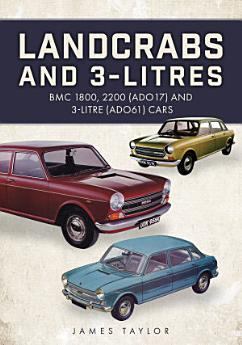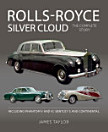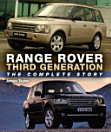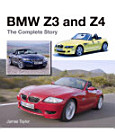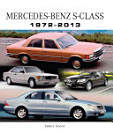Landcrabs and 3-Litres: BMC 1800, 2200 (ADO17) and 3-litre (ADO61) cars
About this ebook
Much of the 1800 design was re-employed for a new luxury model, the Austin 3-Litre, which had rear-wheel drive to suit its more conservative market. Sadly, less successful than the 1800, the 3-Litre promised much but never quite delivered – and the plans for rebadged versions, and even a Bentley derivative, were not pursued.
Both these cars had important places in the story of the British car industry in the 1960s, and both of them have a following among classic-car enthusiasts today.
Acclaimed motoring historian James Taylor details these vehicles in this highly informative and beautifully illustrated account.
About the author
James Taylor is the author of several dozen books on motoring history, for a number of different publishers. An expert on the post-war British motor industry, he has a special interest in the products of the Rover car company. He is a former editor of Land Rover Enthusiast magazine.
